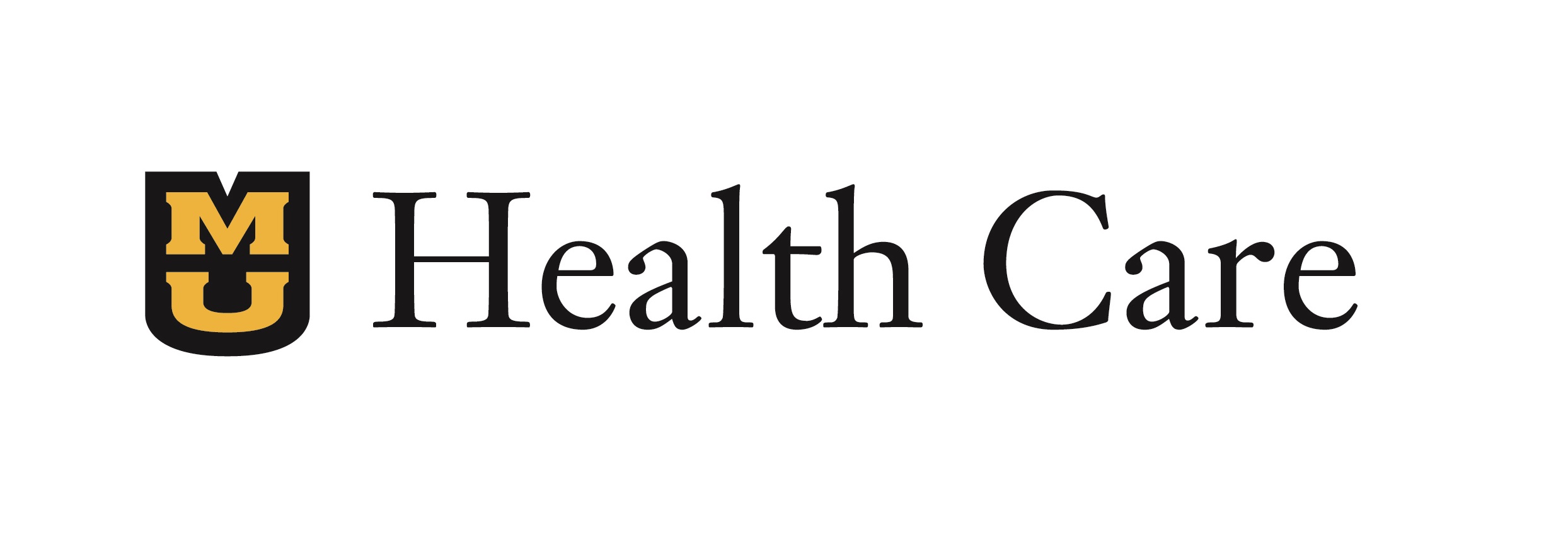One of every three patients who dies in the hospital has sepsis.1 The life-threatening response to infection is difficult to detect in its earliest stages, and every hour the condition goes untreated increases a patient's mortality risk by 4%.2
After implementing Cerner’s Sepsis Management solution in February 2017, teams at Cerner ITWorksSM client University of Missouri Health Care and the Tiger Institute focused on turning early detection into prompt action. Their work helped increase proactive intervention from the organization’s rapid response team (RRT) — the Tiger Team — while reducing sepsis mortality rates and decreasing code blue calls to resuscitate patients.
The teams configured Cerner solutions to automatically calculate each patient's national early warning score (NEWS) and help care teams follow MU Health Care’s NEWS-driven nursing protocol. NEWS summarizes a patient's risk for clinical decline based on commonly tracked vital signs. The higher the NEWS, the more serious the patient's condition.
"A patient’s NEWS helps aggregate small changes that, on their own, might seem harmless," explained the project's physician champion, Catherine Jones, MD, hospitalist and medical director for medical specialties. "The scores help us catch sepsis early, when it's difficult to spot but easier to treat, and trigger prompt action."
MU Health Care teams analyzed historical patients’ scores to identify when patients typically require RRT intervention or transfer to the intensive care unit (ICU). Guided by those thresholds, they developed an algorithm and a NEWS-driven nursing protocol to help caregivers act appropriately based on the patient’s status and location within the hospital.
“Once we identified critical NEWS thresholds, we could establish a preemptive protocol,” said Jones. “We try to stay a step ahead of the infection.”
NEWS appears throughout a patient’s chart — in IView, CareCompass™ and Physician and Nursing Handoff MPages®. Nursing unit leaders monitor NEWS across their spans using CareAware CareView™ dashboards.
The NEWS alert algorithm ran in the background, without sending alerts, for two years. That allowed the team to fine-tune the algorithm and provided proof to help justify the project's value.
Now, scores that escalate into predetermined high-risk ranges trigger a SmartZone alert for the patient’s provider and a Discern® alert for his or her nurse. From the alert, the nurse launches a custom Elevated NEWS PowerForm to chart vital signs, review lab orders and results from the last 24 hours, and document actions taken.
Since MU Health Care turned on NEWS alerts at University Hospital in August 2019, rapid response calls increased 63%3 and code blue calls decreased 40%.4
“Reaching patients with the rapid response team sooner helps avoid code blue calls,” said Mason Crawford, MHA, RN, performance improvement coordinator. “We’re avoiding patient decline.”
By comparing actual sepsis mortality to projections based on pre-implementation mortality rates, MU Health Care estimates NEWS and NEWS-driven nursing protocol helped avoid 12 sepsis-related deaths in nine months.5 University Hospital’s mortality index — a ratio of observed deaths to expected deaths, given the severity of septic patients’ primary diagnoses and comorbidities — dropped 22% during that time.6
“We knew the project would impact our sepsis mortality rates, but we didn’t realize how significant it would be,” said Benjamin Wax, BSN, RN, senior clinical informaticist at MU’s Tiger Institute.
Nursing leaders fostered success by educating their teams on NEWS and related nursing protocols during brief, timely pre-shift huddles. As the project continues, nursing huddles reinforce NEWS’ importance by celebrating successful patient outcomes.
“We still go from huddle to huddle sharing lessons learned, outcomes and case studies,” said Megan Cram, RN, BSN, MHA, clinical manager. “When we can say, ‘you saved this many lives,’ or ‘we reached this patient quicker, and she avoided the ICU,’ that really resonates.”
1 Centers for Disease Control and Prevention, “Get ahead of sepsis fact sheet,” publication number 300420, accessed July 17, 2020, https://www.cdc.gov/sepsis/pdfs/hcp/HCP_fact-sheet_protect-your-patients-from-sepsis-P.pdf
2 Seymour CW et al., “Time to treatment and mortality during mandated emergency care for sepsis,” New England Journal of Medicine, June 8, 2017, http://dx.doi.org/10.1056/NEJMoa1703058
3 Comparing average monthly RRT calls per 1,000 patient days for December 2018-February 2019 to August 2019-April 2020
4 Comparing average monthly code blue calls per 1,000 patient days for December 2018-February 2019 to August 2019-April 2020
5 Comparing projected sepsis mortality for August 2019-April 2020, calculated by multiplying baseline average mortality rate from January 2018-December 2018 by observed case volume from August 2019-April 2020, to observed mortality rate from August 2019-April 2020.
6 Comparing average monthly mortality index from January 2018-December 2018 to August 2019-April 2020.





